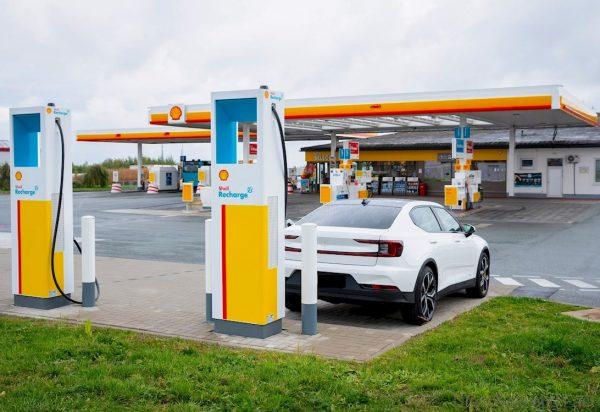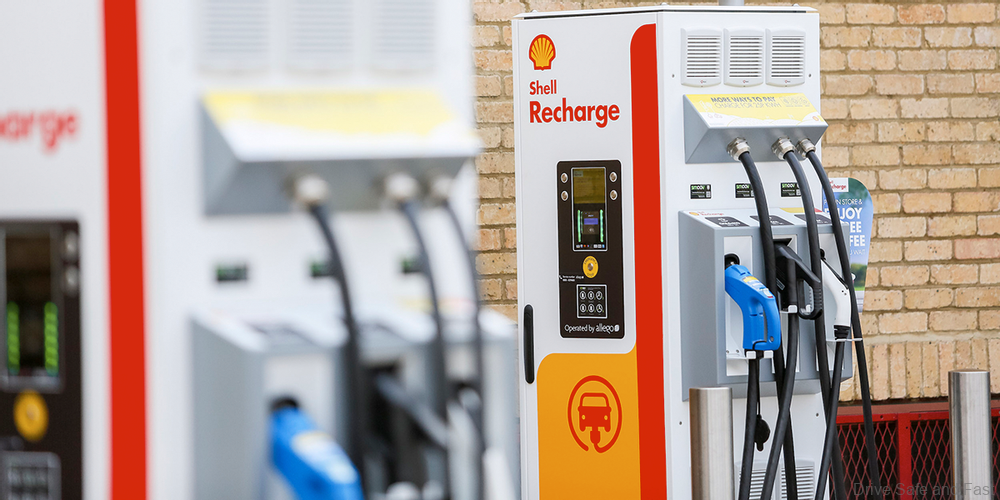Shell has just announced a record USD42.3 billion profit for 2022 (news from Reuters last week) as energy prices in Europe surge after Russia’s invasion of Ukraine.
This double in profits from a year ago which also happens to be the highest in the company’s 115-year history has allowed it to provide shareholders with unrealistic returns on their investment.
Interestingly, the company’s record earnings, which more than doubled from a year earlier, mirror those reported by U.S. rivals earlier this week and are certain to intensify pressure on governments to further raise taxes on the sector.

Yes, across the ocean, American owned ExxonMobil also unveiled record profits of a staggering USD55.7 billion for 2022 (even higher than Shell).
Meanwhile, Shell also posted record fourth-quarter profit of USD9.8 billion on the back of a strong recovery in earnings from liquefied natural gas (LNG) trading, beating analyst forecasts for an USD8 billion profit.
The annual profit of USD39.9 billion far exceeded the previous record of USD31 billion in 2008. It was driven by higher oil and gas prices, robust refining margins and a strong trading.
Earnings from its LNG division reached USD6 billion, a record high, boosted by strong overall trading earnings on the back the gas price volatility, despite recording a loss in the third quarter and a sharp drop in liquefaction volumes due to outages at LNG facilities.
Governments struggling with soaring energy bills have responded by imposing windfall taxes on the energy sector, but Britain’s Labour opposition party said Prime Minister Rishi Sunak was not doing enough.
Shell said it expects to incur around USD2.4 billion in accounting costs related to the windfall levies in 2022, and that it will pay USD500 million in cash tax in Britain this year.
Shell aims to build a large renewables and low-carbon energy business as part of its ambition to sharply reduce greenhouse gas emissions in the coming decades.
The company invested around USD3.5 billion in its renewables and energy solutions business in 2022, around 14 percent of its capital expenditure of USD24.8 billion. Capital expenditure in 2023 will reach USD23 billion to USD27 billion.
The surge in revenue helped Shell sharply reduce its debt to USD44.8 billion at the end of 2022 from USD52.6 billion a year earlier. Its debt-to-capital ratio, known as gearing, dipped to 19 percent from 23.1 percent a year earlier.
The above added income will probably allow Shell to easily expand on its energy transition which was announced in early 2021. This year alone, Shell Malaysia has shared news of the completion of its phase one electric vehicle charging station network from Singapore across Malaysia to Thailand.



